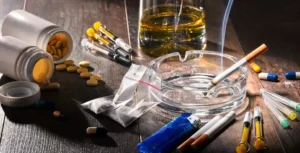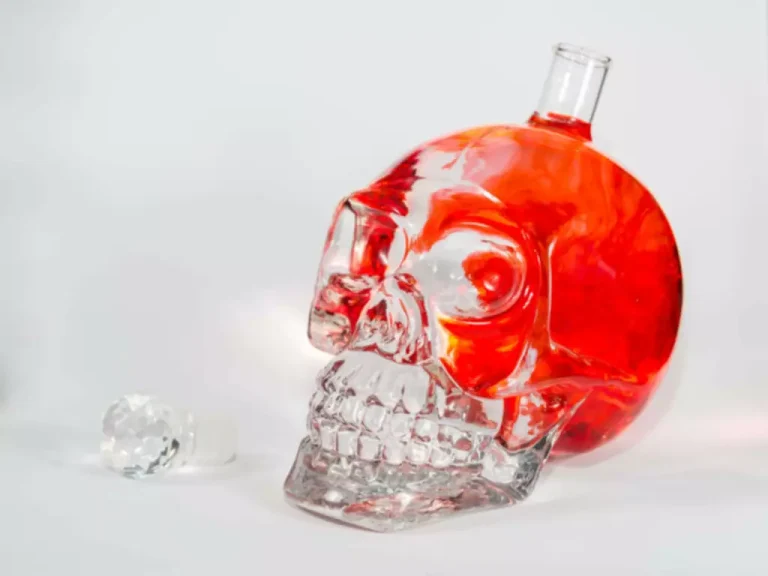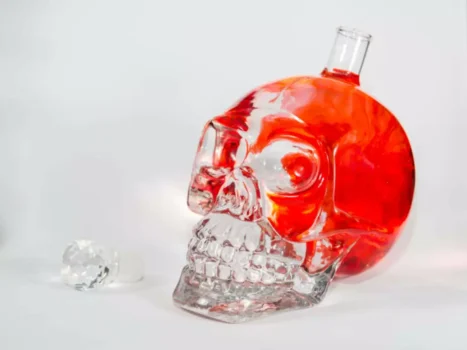
While social context has been considered in alcohol studies for many years (Pliner & Cappell, 1974; Wilson, 1978), only recently have paradigms been developed that apply theory and methods drawn from small groups research. This research is just beginning to take hold, but the findings described in the previous section suggest that alcohol’s effects on emotion may be fairly robust when tested among strangers in an unstructured environment. The group formation project also revealed mediators and moderators of alcohol’s effects on emotion in a social context.
- FACS identifies facial expressions, or action units, thought to relate to emotion (Ekman & Rosenberg, 2005), and is the most reliable and comprehensive facial coding system.
- Group settings offer a unique chance to identify individual differences that moderate the reinforcing effects of alcohol, factors that might be missed when testing subjects in isolation (see Doty & de Wit, 1995).
- The view that much of the emotion-altering effects of drinking are expectancy–based, which was popular in the late 1970’s, is on the wane.
- The effects of alcohol can push you to act in ways that make you feel depressed or down the following day.
1. Social learning theory of alcohol use and abuse
Intoxication during concurrent distraction is thought to weaken stress responding, whereas, without a neutral or pleasantly distracting activity, intoxication is not predicted to generate stress relief, and may even increase anxiety by focusing attention on the then-salient stressor. The idea that alcohol might be consumed to improve our darker moods has been apparent to poets, writers, and philosophers for millennia (Sayette, 1999a). Initial studies found that when intoxicated, animals—as diverse as rats and cats—experienced reduced experimental “neuroses” or conflict (Conger, 1951; Masserman & Yum, 1946). These data led to the development of what eventually became known as the tension reduction theory (TRT) (Cappell & Herman, 1972; Conger, 1956). Alcohol’s putative effects on tension reduction became a core feature in Conger’s (1956) theory of alcoholism. Moreover, these tension-reducing properties were thought to underlie the disinhibition of a multitude of activities (e.g., aggressive or sexual behavior), suggesting even broader implications (Wilson, 1988a).

The Irrationality of Alcoholics Anonymous
It’s not advisable to use terms like “social alcoholic” to downplay or normalize problematic drinking behavior, as this can hinder efforts to address the underlying issues and seek appropriate treatment. Research indicates that alcohol consumption and binge drinking trends vary significantly by age. A substantial decrease in adolescent drinking over the past two decades has been noted, with social drinking and drinking problem binge drinking among 12th graders dropping to less than 20% for both boys and girls as of 2019.
Data extraction, coding, and statistical analysis
- Server intervention training programs, although varying in effectiveness, aim to prevent intoxication and impaired driving by educating servers about alcoholic beverages.
- However, this pattern is not uniform worldwide, as gender differences in alcohol consumption have been converging in recent times, particularly in the United States.
- Similar to the logic underlying the TRT (see Sher, 1987) individuals who gain the greatest pleasure and reward from alcohol ought to be most at risk for developing a subsequent drinking problem (Fairbairn et al., 2015c).
Some of the most intriguing findings in our group formation project stemmed from fairly unobtrusive measures of facial expression, speech, and acoustic patterns (Fairbairn et al., 2015a, 2015b, 2013; Fairbairn & Sayette, 2013; Sayette et al., 2012a). Unfortunately, micro-analytic facial coding of such large, multimillion-frame databases using human coders is admittedly a prohibitive endeavor, which likely has discouraged this sort of measurement in the past. It is promising to note, however, recent advances in the automated coding of facial behavior, including work using the group formation data set (e.g., Cohn & Sayette, 2010; Girard, Cohn, Jeni, Sayette, & De la Torre, 2015), and it is becoming feasible to conduct large scale facial coding efforts. In addition to facial coding, there has been recognition that certain psychophysiological measures (e.g., pulse rate), while convenient to use, may be suboptimal for assessing the acute effects of alcohol on stress (see Sayette, 1993b).
This article reviews experimental research through the years examining the impact of alcohol on both the relief of negative affect and the enhancement of positive affect. It covers initial accounts that emphasized direct pharmacological effects of ethanol on the central nervous system. These early studies offered surprisingly tepid support for the premise that alcohol improved emotional states. Informed by social learning theory and employing advances derived from experimental psychology, this research sought to better understand the complex effects of alcohol on emotion.
Negative affect relief
Using the group formation project data set, we examined the impact of personality traits on alcohol response in a social context (Fairbairn et al. 2015c). We focused on extraversion, a trait that has attracted considerable attention and is intuitively linked to social environments. Persons high on extraversion were especially sensitive to alcohol’s effects on reported mood and social bonding. Moreover, analyses focusing on Duchenne smiling of group members indicated that social processes uniquely accounted for alcohol reward-sensitivity among individuals high in extraversion. Results suggest that alcohol-related reward may be explained by social processes among extraverted drinkers.


” It’s hard to define the lines that separate social drinking, problem drinking, and alcoholism. Some try to put a number to it, such as don’t consumer over this amount of alcoholic drinks and you’ll be fine. I also am grateful to the staff members, students, and former students at the Alcohol and Smoking Research Laboratory at the University of Pittsburgh, with whom I have collaborated on many of the studies described herein. In particular, I thank Kasey Creswell and Catharine Fairbairn, who played critical roles analyzing the group formation data and investigating potential mediators and moderators of the effects of alcohol on emotion.
An alcoholic will experience intense cravings and will continue to drink despite the negative consequences. From ancient times to the https://ecosoberhouse.com/ colonial settlers to today, beer, wine, and spirits signify friendship and connecting with others in social settings. As shown in Table 3, the Q values for heterogeneity, which represent variation in the true effect size across studies, were significant for all factors.
Social Effects of Drinking Alcohol
Participants drinking in groups reported and displayed changes that were primarily emotional (e.g., feeling less unhappy), while those consuming alcohol in isolation reported primarily physiological changes (e.g., feeling dizzier). Subsequent research (e.g., Doty & de Wit, 1995; Kirchner, Sayette, Cohn, Moreland, & Levine, 2006; Kirkpatrick & de Wit, 2013; Samson & Fromme, 1984) also supported the view that testing alcohol’s effects requires a social context. Although the majority of alcohol—emotion research has examined TRT, so too have investigators been interested in understanding the capacity of alcohol to enhance positive emotional states (Lang et al., 1999).